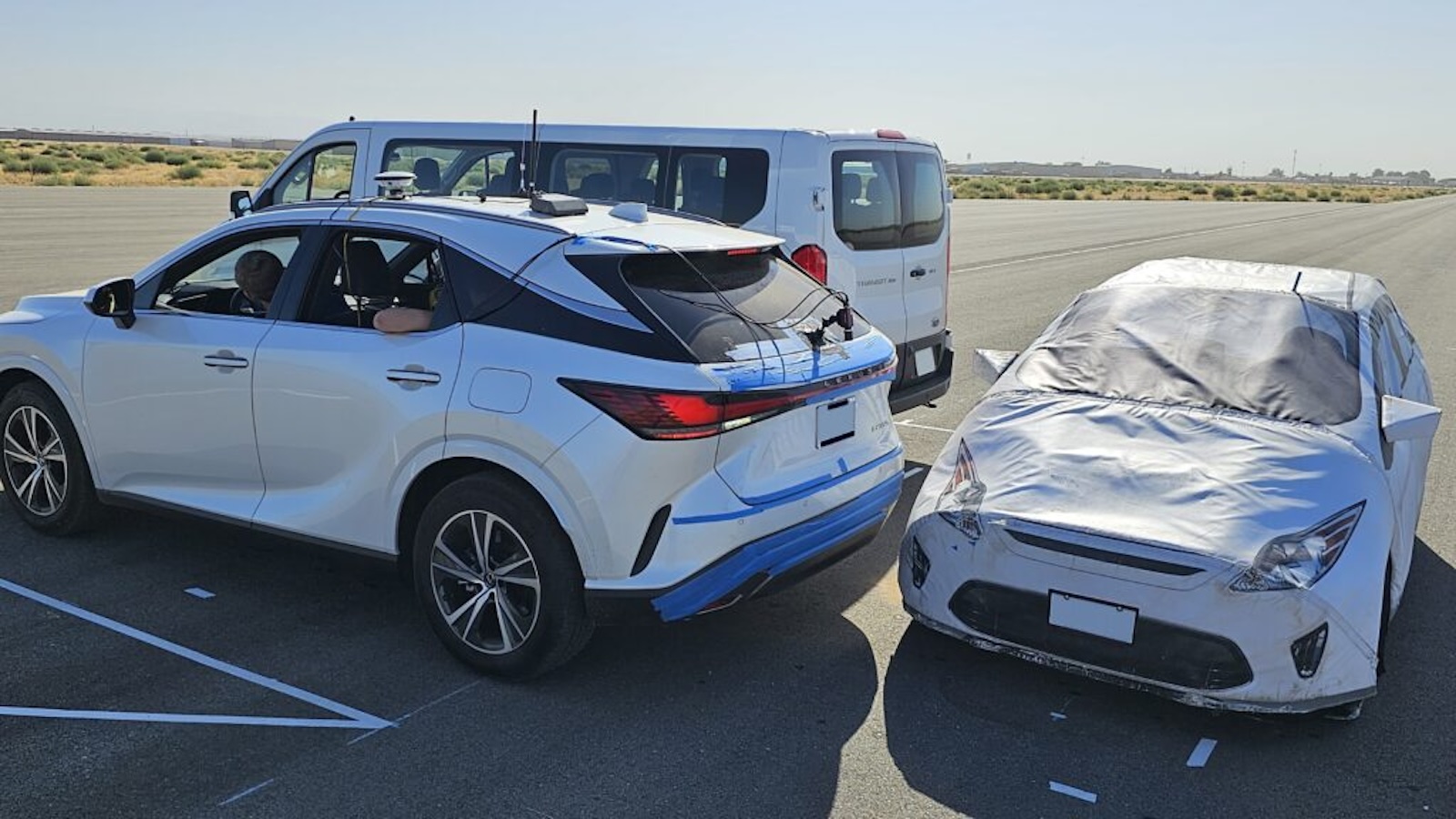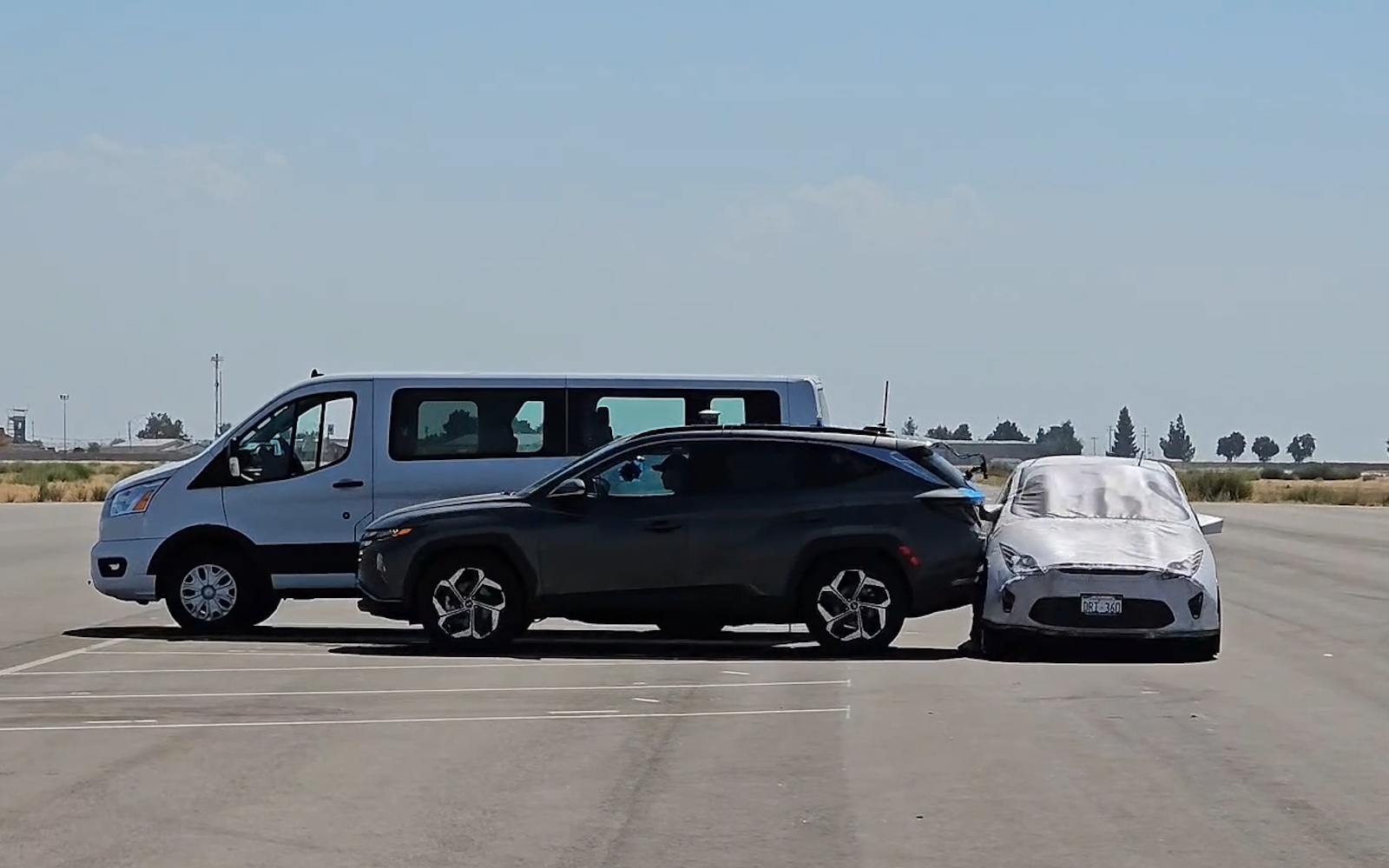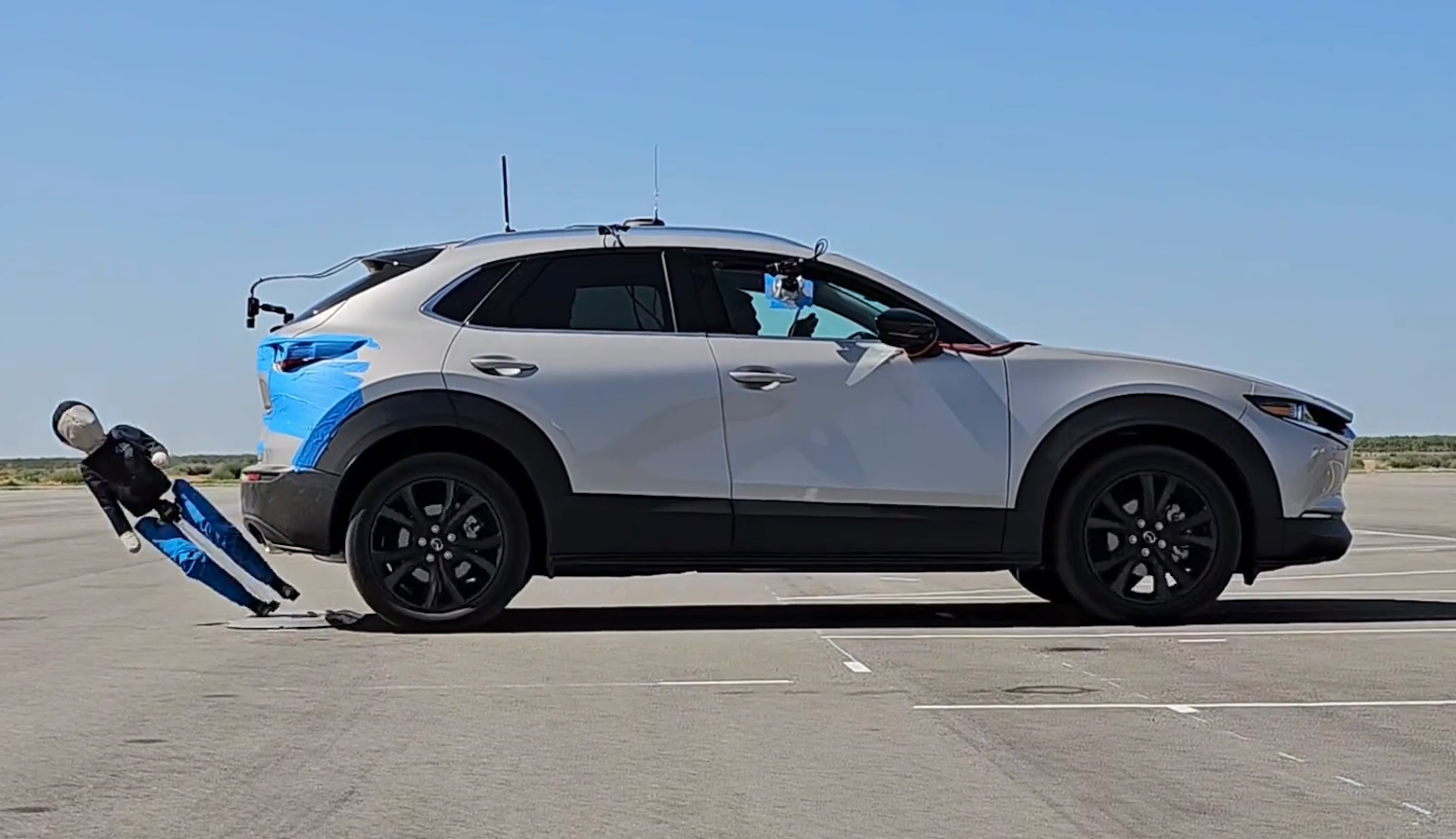The problem with a lot of new automotive technologies is that they make drivers a little too relaxed. A new study shows that reverse automatic emergency braking isn’t a substitute for a cautious, alert driver.
If you’ve got reverse automatic emergency braking on your vehicle, then it has likely happened to you. Inching out of a parking space, the system activates as you look at the camera in time to see the taillights of a vehicle drive out of view. You pause, thank your lucky stars and carry on.
However, a new study from AAA shows that the scenario doesn’t play out as often as it should and that drivers need to be diligent when backing out of parking spaces, particularly if their view of cross-traffic is obscured by another vehicle.
“Drivers should not solely rely on these advanced driving systems to prevent collisions, but instead use them to enhance their awareness of their surroundings and support safe driving,” said Greg Brannon, AAA’s director of automotive engineering.
“Above all, vehicle testing requirements for these systems should be updated to be consistent, taking into consideration unusual objects and more realistic scenarios with the goal of achieving the greatest safety benefit to drivers, pedestrians, and cyclists.”
What they did
AAA Engineers wanted to know two things. How do reverse AEB systems perform when backing out of a parking space into the path of an oncoming vehicle with an adjacent parked vehicle blocking the view? How did they perform while encountering a stationary child pedestrian behind the vehicle?
Uh … not well.
Reverse AEB systems automatically applied brakes in 65% of test runs and prevented a collision in 2.5% of test runs in the context of the backing-up scenarios involving a subject vehicle crossing behind the test vehicle.
With the stationary child target behind the test vehicle, reverse (AEB) automatically applied brakes in 75% of test runs and prevented a collision in 50% of test runs.
More technology stories
- Technology Could Help Eliminate Drunk Driving
- Americans Don’t Have Much Faith in Electric Vehicles
- Best of CES 2024
What you should do
AAA researchers say drivers should not rely on reverse AEB systems to prevent collisions when backing up but utilize backup cameras and other sensors to enhance their awareness.
Back up cautiously when an object obstructs the view, allowing the ADAS sensors to “see” or detect cross traffic, giving the system more time to see a potential collision and to bring the vehicle to a stop. It’s important to make sure these systems are working properly and repaired accurately.







0 Comments